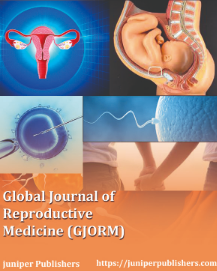Neem (Azadirachta Indica L.) and Oocyte Quality-Juniper Publishers-Global Journal Of Reproductive Medicine
JUNIPER PUBLISHERS-GLOBAL JOURNAL OF REPRODUCTIVE
MEDICINE
Neem (Azadirachta Indica L.) and Oocyte Quality
Authored by Arindam Bhattacharjee
Neem (Azadirachta indica L.) leaf has been used as a birth control in traditional as well as ayurvedic systems of medicine for a long time.The molecular mechanism by which neem bioactive ingredients regulate female fertility remains poorly understood. Studies carried out on experimental mammals suggest that neem leaf extract induces generation of reactive oxygen species (ROS) in ovarian follicles. The increased ROS level induces granulosa cell apoptosis through mitochondria-mediated pathway. Premature death of encircling granulosa cells directly affect the achievement of meiotic competence and thereby oocyte quality after ovulation. In addition, the increased levels of ROS enter in the follicular oocytes and deteriorate its quality by inducing mitochondria-mediated apoptosis. The granulosa cells as well as oocyte apoptosis within the follicular microenvironment deteriorate oocyte quality. Poor quality directly affects fertilization, implantation and pregnancy rates and increases abortion rate. Thus, based on existing animal as well as human studies, we are in opinion that bioactive ingredients of neem particularly neem leaf extract could be used as reversible herbal female contraceptive during fertility management in human.


Comments
Post a Comment